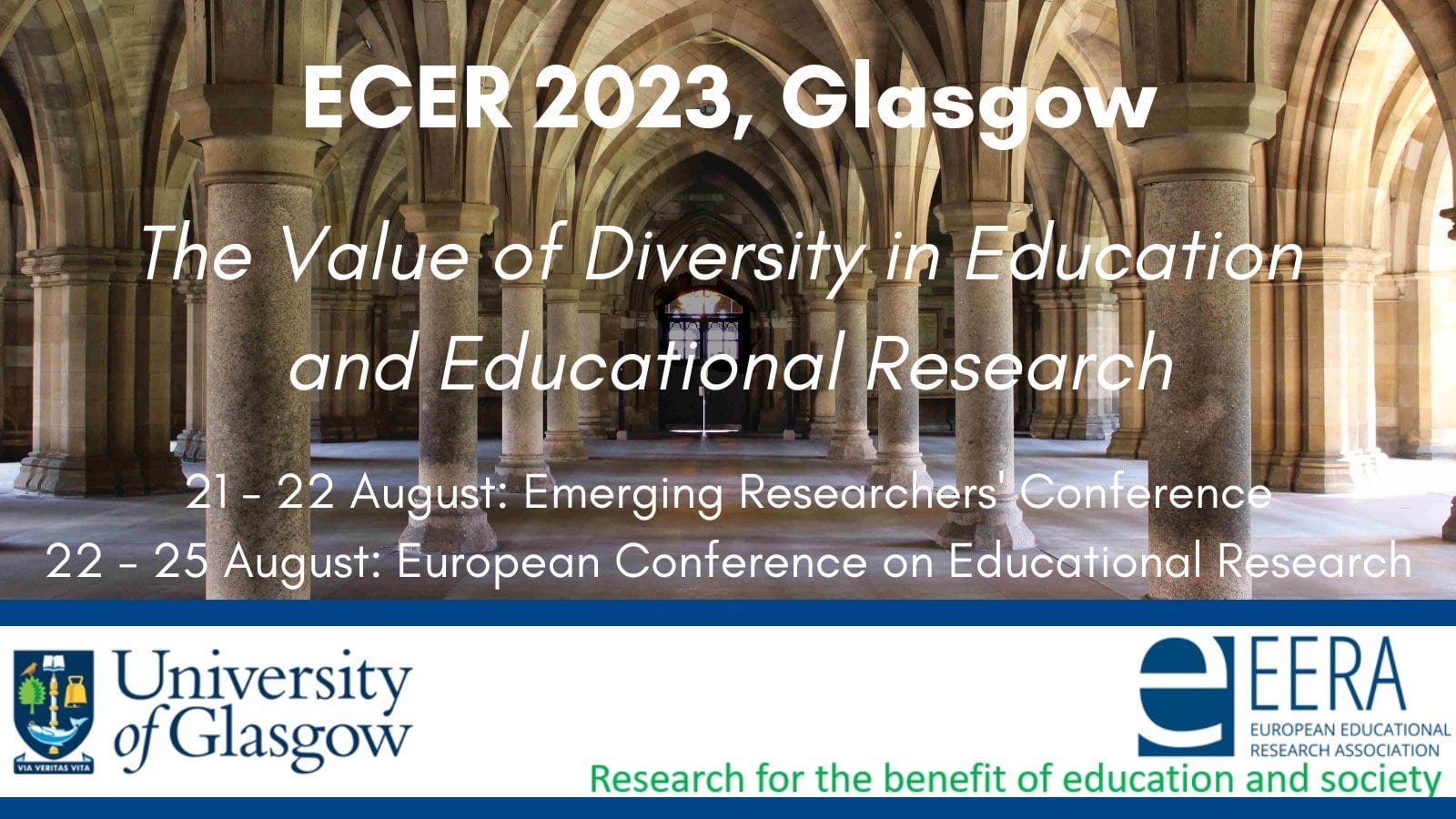Recent literature on drawing as a means of tacit communication between professors and students in learning microscopy has highlighted its benefits in overcoming resistance to absorbing new information quickly. The habit of drawing for colleagues and students is a natural and necessary consequence of joint observation under the microscope to learn to select and organise information. Drawing together becomes an alternative way of “talking to each other” (Lyon & Turland, 2020, p.7).
Drawing as a process of microscopic observation suggests that there are different levels of cognitive engagement between the external visual models generated by students and the mental models that are formed in the student’s mind (Ainsworth & Scheiter, 2021). Studies on the role of drawing in STEM areas highlight this interaction, as the brain naturally resorts to spatial information to encode other information, such as verbal or numeric, thus increasing memory and learning capacity (Quillin & Thomas, 2015; Tversky, 1999). Drawing a physical or visual model, such as a microscopic slide, can occur as a result of an already constituted mental model or as part of the cognitive tasks of selecting, organising and integrating information, which structures the learning process and the creation of mental models (Van Meter & Garner, 2005).
This presentation will discuss a “Drawing to Learn” experience based on a drawing workshop under the microscope. This workshop gathered Fine Arts and Biochemistry students from the University of Porto around biological samples prepared with the tano-ferric method by the Portuguese scientist Abel Salazar (1889-1946). Drawing as collaborative practice between students with different backgrounds is used to question our assumptions of fundamental notions of Science and Technology Studies such as “truth” or “true form”. Through drawing practice, it is intended to extend the critique of representation from language and logic to nonverbal, often visual practices and formats that are constructed by instrumental interventions.


